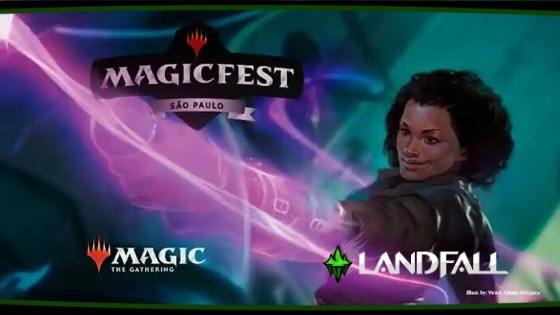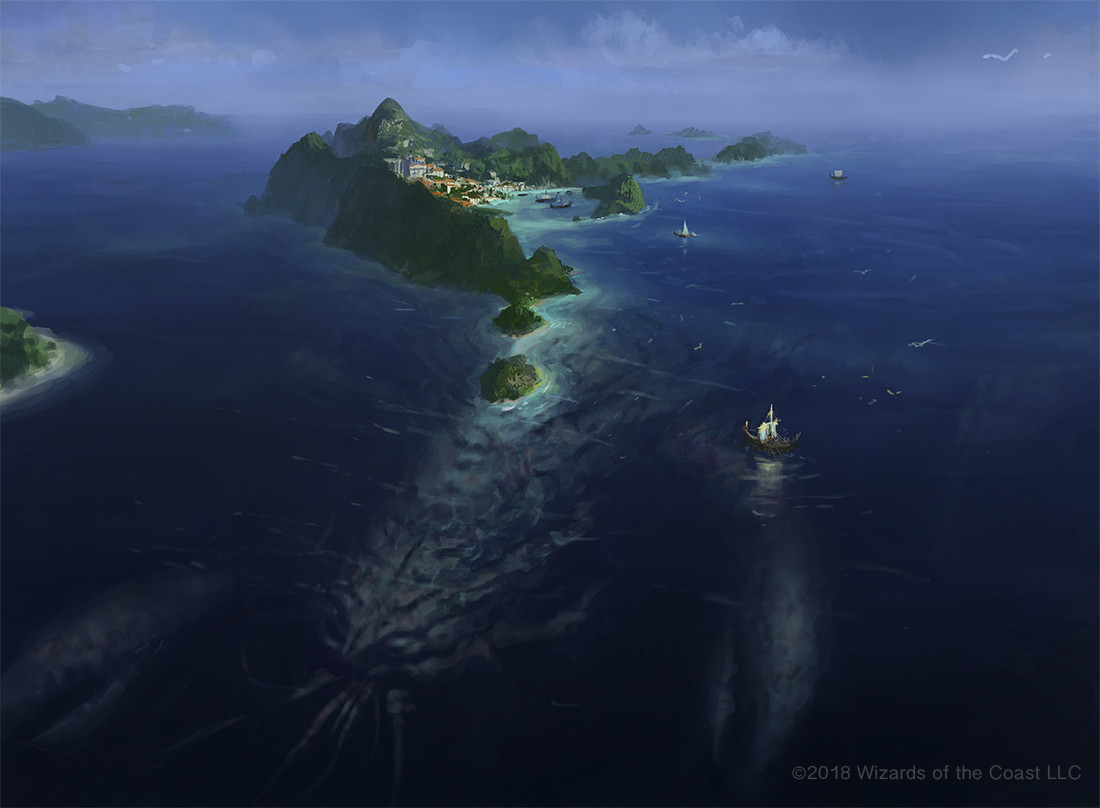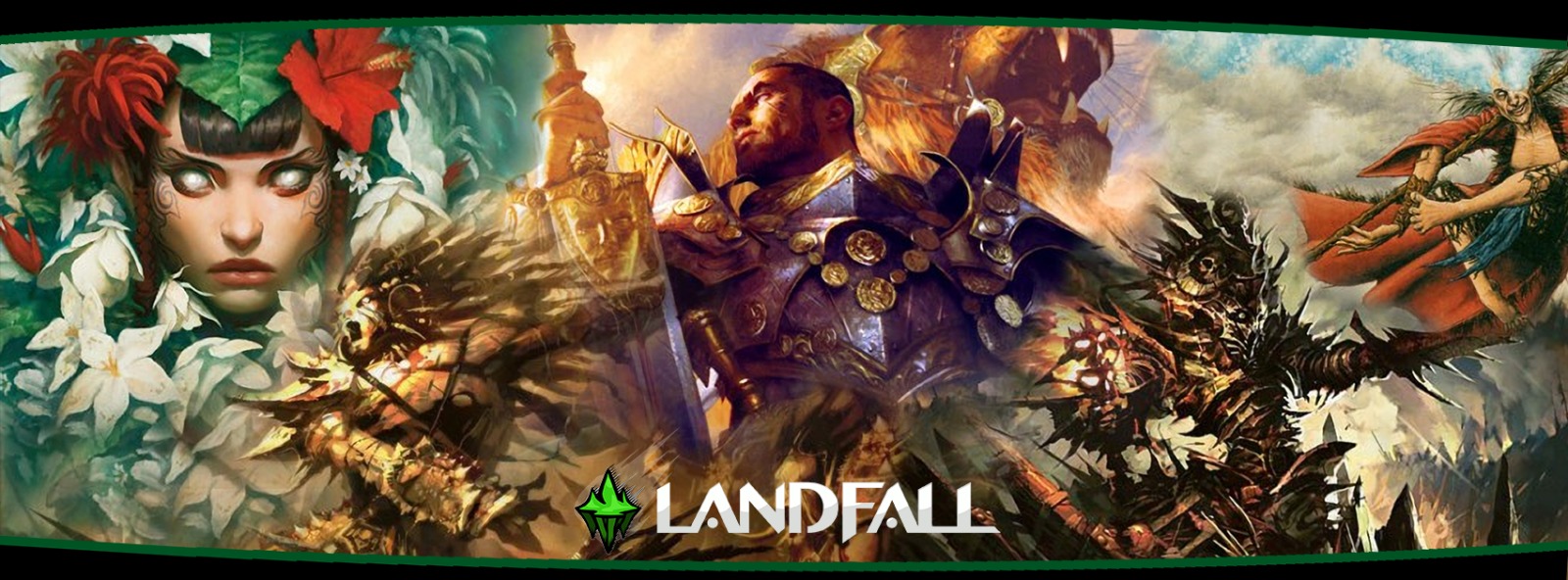Brazil’s Magicfest left much to be desired. Not only because of Standard’s awful elk-like-metagame (that we hope to see fixed with the recent bans), but rather every single piece of this event shone a light on a displicent organization: this Magicfest didn’t live up to the expectations of being a Magic festivity. I’ve personally participated in similar events, such as the Grand Prix held in Santiago, twice already, a GP held in Barcelona a couple of years back, and this year’s Las Vegas Magicfest, and I’ve never seen such a poorly managed one like Sao Paulo’s. If we review this article from Mark Pinder, about how a Magicfest can indeed be magical, São Paulo’s only saving grace would be singles sales, coming up short on everything else.
Everything a Magicfest should offer -an entire weekend devoted to playing Magic until the body gave up- failed flatly here: from the on-demand tournaments and the parallels, up to the Command Zone, including the Prize Wall, everything seemed mismanaged and badly designed. I’ll explain every single one of the circumstances that surround these elements, one by one, culminating in a comentary about what gather us here in Landfall as an organization: Brazil’s Commander environment and how poor was the Command Zone held during the event.
Parallels / On-Demand
A Magicfest’s central idea is to be an instance in which one goes to play Magic as much as possible, in diferent situations beyond the scope of the main competitive event (namely, Standard). To that effect, parallel events and on-demand tournaments are held alongside the main event. However, in this case, they didn’t manage to satisfy the player’s (and my own) expectation. I identified quickly three key reasons on why this was the case:
- First off, the entry fee of both the parallels and the tournaments were too high, when compared to previous iterations of the Magicfest. This wouldn’t be an issue by itself if every other factor would behave in accordance to this fee. Alas, that was not the case.
- The ammount of tix (the redemption tickets you use in exchange for prizes) given after winning these events wasn’t large enough, requiring multiple participations and victories to earn enough and redeem at the Prize Wall. By itself it could be construed as a business strategy by the organization: to force players into paying multiple events to afford a prize. However, this could only make sense if the Prize Wall was incentive enough to “force” the players into that course of action.
- The Prize Wall was not only expensive in terms of tix required for exchanging, but the prizes itself were straight up bad. Booster packs barely out of rotation, and some from Modern Horizons at best, while other Magicfests would offer as much as sets from 5 years prior, and other supplemental products such as Conspiracy and Battlebond. Accesories such as dices were limited to the usual life counters, or cheap plastic, while in comparison I’ve seen places offering loyalty counters for planeswalkers, +1/+1 and -1/-1 counters, and creature token dices, even perfectly calibrated dices. The event T-shirt, a bare minimum item that actually promotes the event and the brand itself, was way overpriced, and not sold to the general public, with a cost of about 10 booster packs in terms of tix, while market value could barely put it at 3 boosters at most.
I compare these three reasons with my own experience in both Santiago GPs, which although had its own problems in terms of management and disorder (reason why we don’t have GPs in the country anymore), the ratio of prizes awarded vs entry fee was motivation enough to participate in many more events, regardless of the its long queues and scarce management.
Continuing this comparison with previous experiences, heres a would-be summary of entry fees and rewards of those events:
- São Paulo’s Two-headed Giant events had a cost of 240 reales (57 USD), featuring Throne of Eldraine, while Las Vegas’s were of only 30 USD, featuring Battlebond.
- The daily fee for Las Vegas’ Command Zone (the actual physical space where you would play Commander) was of 40 USD, including the promotional non-foil Sol Ring, plus 3 tickets to play on-demand tournaments, that would grant up to 50 tix each. São Paulo’ Command Zone price of entry was of 150 reales (36 USD), including the same Sol Ring and the 3 tickets, but each on-demand tournament would award only 30 tix each.
- The Command Fest event held in Las Vegas included 4 on-demand Commander events, which granted 50 tix and a foil land each by the mere act of participating. São Paulo’s, on the other hand, came with 3 events, granting only 30 tix for participation.
- The Commander Schedule Events in São Paulo were priced at 12 USD, awarding 60 tix for participating, while Las Vegas entry cost was of 20 USD, granting 100 tix instead, and a foil promo land card.
Indeed, financially speaking, the dissapointment of the event was palpable: with half the budget, at Las Vegas, you could walk away with much more promotional cards, and almost double the tix, which in turn meant much more value out of a rich, diverse, and cheapter Prize Wall.
Command Zone
It was a shame to participate in the Command Zone on this ocassion, as the maximum number of players were of seven tables for about two hours during the second day. First and third day was of only 3 tables each. But what were the reasons for such a display?
The brazilian players told us that during the registration period, everything was sold out, and that the price to participate for only one day was too high for them, specially considering the low attendance of the Command Zone, and the lack of incentives in the way of tix or prize variety. Furthermore, nearby the food stands outside the event, naturally-forming Commander tables started to show, amassing almost 6 times the number of players. By comparison, Las Vegas’ Command Zone had not only the people to play with, but the publicity and marketing to attract the players and atendees of the event, generating the “Commander Party” that was meant to be, as well as signs to announce the type of experience match you were looking for (either casual, 75% or competitive), small banners to acompany the credential, marking the commander’s color identity, wether it was your first event, the type of match you were looking for, and more. Even though Commander is the most played format for brazilians (according to the attendants), these series of factors led to the potential number of players that could have filled the Zone, to move elsewhere, forming a sort of “Parallel Command Zone”, that wound up hurting the chances for the organized event, to such an extent that during the first day, part of the Zone was cut off to allow the tables be used for other events.
Final Thoughts
Considering all the factors I mentioned in this article, you could see how, in my humble opinion, this particular Magicfest didn’t achieve the expectations we were hoping for. At most, it was a place to get singles at a decent price. Even the standard setting appeared to suffer some difficulties of its own, in which I was told that a little less than 200 players gathered daily, a number that’s far less than one would hope for in such an event.
I sincerely hope that future events of this caliber, organized in Latinamerica, can achieve the same level and quality that we can expect to find in places such as the US or Europe, where prizes justify the price of entry, the environment is a pleasant one to be in, organized, with full understanding of the player’s necesities, both casual and competitive ones, and that allow us to answer the question “where will I play today?” in the form of “Wizards of the Coast organized event”, and not “At McDonald’s”.






